The promised rains are here with a vengeance. Accordingly, we decided to visit some indoor venues, and there were a couple of obvious candidates among the many excellent museums in Jerusalem. Another benefit besides being indoors was that these museums were
beyond walking distance and thus gave us the opportunity to try public transportation. Craig had researched and downloaded the recommended local app for such and was itching to try it out.
First up yesterday was the Yad Vashem World Holocaust Remembrance Center, which we set out for on Tuesday on the light rail system that runs up and down Jaffa Street on the other side of the shuk. It was raining moderately when we left the apartment and we were
thankful the walk was short and that a significant portion of it was under the cover of the shuk cut-through. The train was sleek and modern, very impressive. However, when we got off at the stop nearest the Yad Vashem complex, it was a 10-minute walk in windy cold rain. Luckily it was downhill, but we still got pretty wet. Our first impression came at the gate to the facility, a striking dark laced steel with jagged points. To both of us the gate immediately recalled a dramatic piece of art we had seen at Dachau several years ago. If not the same artist they were certainly working off the same inspiration.
Once within the complex, we headed to the largest component of the Center, the Holocaust History Museum. It was already rather crowded with tour groups and lots of independent tourists as well . . . apparently everyone had the same idea for a rainy day. Despite the crowds it was a serious and somber experience walking through the various galleries that display an overwhelming number of illustrations and examples of the horror of the Holocaust. The structure itself was unique and somber, a gray concrete prism-like triangular central spine with a skylight at the top of the prism, from which the galleries radiate outward. It evoked a feeling of helpless confinement and fit the subject matter well. Hardly anything we saw was new or a surprise in concept, but the sheer
volume and breadth of the horror was stunning and moving enough to bring the occasional tear to one's eye. Just before the exit was the Hall of Names, a separate gallery containing the "Pages of Testimony", which endeavors to be a one-page written record of every Holocaust victim. It currently contains two million records, with room of course for six million.
When we exited the Museum, it was pouring rain but we wanted to see a few other memorials within the complex. We ducked into the Hall of Remembrance, walked the Avenue of the Righteous Among the Nations, and passed the Pillar of Heroism on our way to the Children's Memorial. The last was perhaps the most moving, as it is an underground
cavern, dark and filled with reflecting candles and images of the child victims of the Holocaust, while their names and ages are heard in the background. Outside there was a tribute to Janusz Korczak, an educator who ran an orphanage in the Warsaw Ghetto and protected over 200 children until the Nazis took him and the children away to the Treblinka death camp. There was more than an occasional tear here.
Alas, the rain was finally too much for us, so we headed back up the hill to the train stop, still in pouring rain. Wet and gray was rather an appropriate background for such an experience. Like wet ducks we scurried off the train and through the shuk to the apartment, pausing to grab some food and bottled beer for the evening so we wouldn't have to face the weather again.
This morning dawned a little better than yesterday, in that it wasn't raining, and we had been invited by Orna our host to accompany her to The Israel Museum for a special tour being
conducted by a friend of hers at 11 a.m. This was perfect for us, because she drove and was a lot of fun to talk to along the way. Turns out she grew up in NY City and attended Barnard College. The tour was in the archaeology wing and focused on a sculptor's exhibition called "Disrupted Layer", which wound throughout the wing and interpreted or reflected ("engaged with" as they said) a number of the iconic displays in the gallery by the use of modern interpretations. For example, one modern approach was a "throne" that was also in the form of a jet fighter ejection seat. The interpretation that our guide gave it was that rulers were all
powerful until they were not, yet after their power waned they always seemed to be able to "eject" into a favorable situation. One downside of this unusual exhibition was that to accommodate the modern pieces some of the older ones had to be temporarily stored elsewhere. These included the Horned Altar discovered in the early 1970s. This was significant to us because it was discovered at Tel Beer Sheva in the same summer in which Craig spent a month digging at that tel. A particularly interesting piece
was a small amulet, dated to the early 6th or late 7th century BCE, which contained a brief verse from the Book of Numbers and thus is the earliest known written biblical text, predating the Dead Sea Scrolls by over 400 years. Overall the exhibit was excellent.
Afterwards we had a nice meal in the Museum restaurant and then joined another tour that took us to the Shrine of the Book, which houses the original Dead Sea Scrolls. This structure too was iconic in its architecture, evoking the top of the clay jars in which a
number of the scrolls were found. The interior was compelling, and the guide, again Orna's friend, was very informative. In particular her explanation of how Israel came to acquire the scrolls was fascinating and full of intrigue. The only negative aspect was that the rain and wind had returned in force when we exited, and so we passed up a closer view of the adjacent City of Jerusalem model depicting the entire City in the Second Temple era which has a poignant history of its own. It was created by a local hotel owner in 1966 both to honor his son killed in the 1948 War and to provide
Jerusalem a way to see detail of the Temple Mount and other structures in the Old City at the height of its glory, because the Old City was totally off limits under Jordanian control from 1948 until the city was recaptured in 1967. In 2006 the model was moved to its current location, which is very appropriate next to the Shrine of Book. However, it was time to flee the rain again.
Our second public transportation experiment was the bus home, which was a little more difficult to figure out and use Craig's app for payment. We were successful after a short wait in the pouring rain. We picked up a small dinner take-out at the shuk on our way to the apartment and after doing a small load of wash we headed to bed exhausted.

 Jerusalem, Jerusalem District, Israel
Jerusalem, Jerusalem District, Israel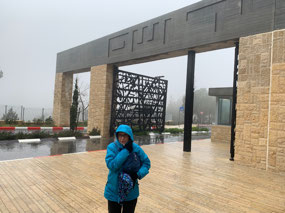
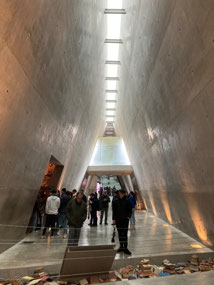
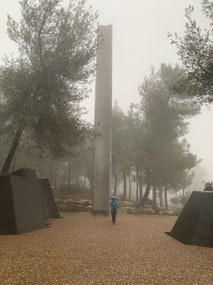


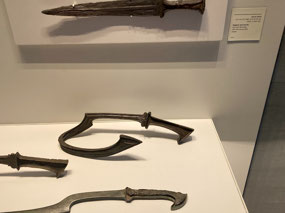
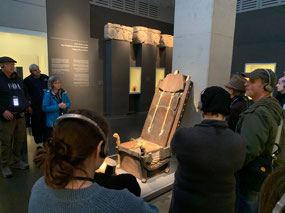
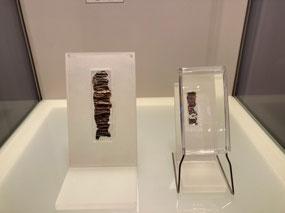
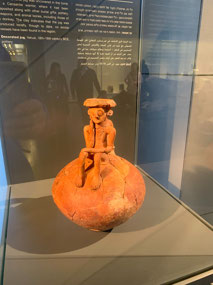
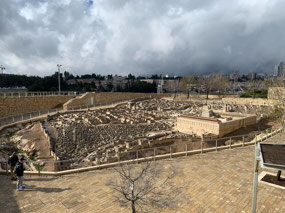
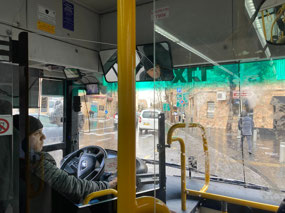



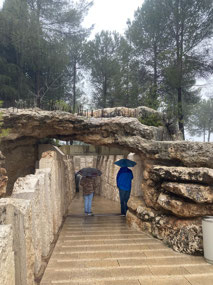
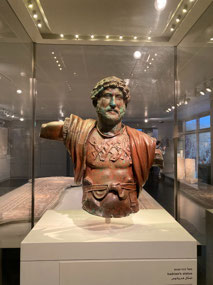
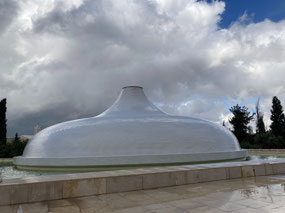
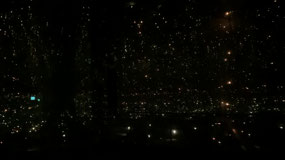
2025-05-22